It's Not As Bad As It Looks
If you were to look for the definition of “Volatility” in your dictionary or on the Internet, you would see a picture of the Dow Jones Index for the first quarter of 2018. During this three months there have been thirteen (13) days in which the Dow Jones Index has fallen at least one percent (with a DJI of 24,000 this would equal at least a drop of 240 points) – on two of those thirteen days the correction was actually more than 1,000 points. By comparison, in all of 2017 there were only total eight days that has a movement up or down of 1%! I could say that this was “NUTS” but that is not a good professional or technical term.
In our January newsletter we warned of pending volatility – geo-political threats especially highlighted our concern; however, we could not foresee the risks posed by Facebook and tariffs to exacerbate uncertainty and hence volatility. Securities markets do not respond well to uncertainty and the current environment is fraught with uncertainty.
Significantly, the risk of a recession does not show up in the Recession Indicator Index which successfully predicted the seven recessions that occurred since 1967 – that is correct, only seven recessions in the last 50 years. The longest lasting recession was the 2007 event which lasted 18 months. Three of the other six recessions lasted eight months or less.
Corrections are different from recessions – technically a correction is a twenty percent (20%) correction in a securities index. A twenty percent correction in the DJI would take us to about 21,000. Some of the current market movement is a reaction to the charges of Facebook not honoring privacy protection. However, this is a company with over $45 billion in current assets less current liabilities. I do believe they can weather the downturn.
Which brings us back to the principle of long-term investing. While the recovery which began in 2007 is now the second longest recovery since WWII, the major economic indicators are not flashing warning signals; employment, credit, new capital goods orders, interest rates, and improving business conditions are all favorable. April is the month public corporations report first quarter earnings; and, assuming earnings growth follows the pattern of the last two years we may see a return to positive market conditions. Months from now we may see this as an opportunity to invest at a discount.
On a separate topic – please note on your calendars the date of May 22nd. We are hosting our annual Lunch and Learn at the Tech Center with a noon meal and a speaker from the Vanguard family of funds. Eric Pickens will discuss Realistic Market Expectations for 2018. We will mail invitations soon, but you can call Kayla now to reserve your spot. Seating will be limited.
